Applications and Uses of DL Aspartic Acid
DL-Aspartic Acid is a white crystalline powder that is odorless with a slightlyacidic taste. It is soluble in acid and is insoluble in alcohol. DL-Aspartic Acidcan be added to drinks as a nutritional supplement and can be used in medicine as an ammonia detoxicating agent.
DL Aspartic Acid is a mixture of L Aspartic Acid and D Aspartic Acid widely used as nutrition supplements in food and beverage industries. The biological roles of its counterpart, “D-aspartic acid” are more limited. Where enzymatic synthesis will produce one or the other, most chemical syntheses will produce both forms, “DL-aspartic acid,” known as a racemic mixture.
DL-Aspartic Acid uses as follows:
In Food Production
DL Aspartic Acid is widely used as nutritional supplement and flavor enhancer in food production. As nutritional supplement: in food industries to provide essential amino acids. As flavor enhancer: in food industries to regulate the acidity and sweetness.
In Beverage
DL Aspartic Acid is widely used as nutritional supplement in beverage. As nutritional supplement: in cool drinks to provide nutrition.
In Pharmaceutical
DL Aspartic Acid is widely used as intermediate in Pharmaceutical. As intermediate: in medicine manufacturing of tumor suppressor.
In Cosmetics
DL Aspartic Acid is widely used as Biodegradability in Cosmetics. As Biodegradability: in cosmetic and personal care product to biodegrade completely.
In Agriculture/Animal Feed
DL Aspartic Acid is widely used as nutritional supplement in Agriculture/Animal Feed. As nutritional supplement: in fertilizer to improve use efficiency.
In Other Industries
DL Aspartic Acid is widely used as intermediate in various other industries. As intermediate: in manufacturing of various organic chemicals.



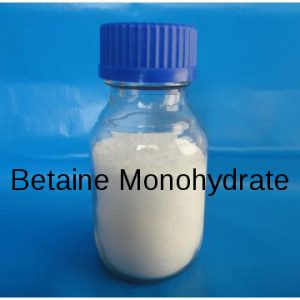
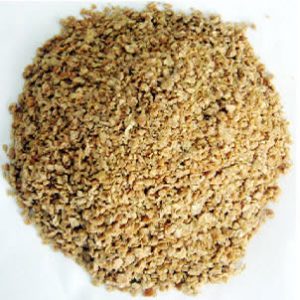
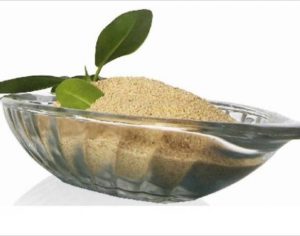
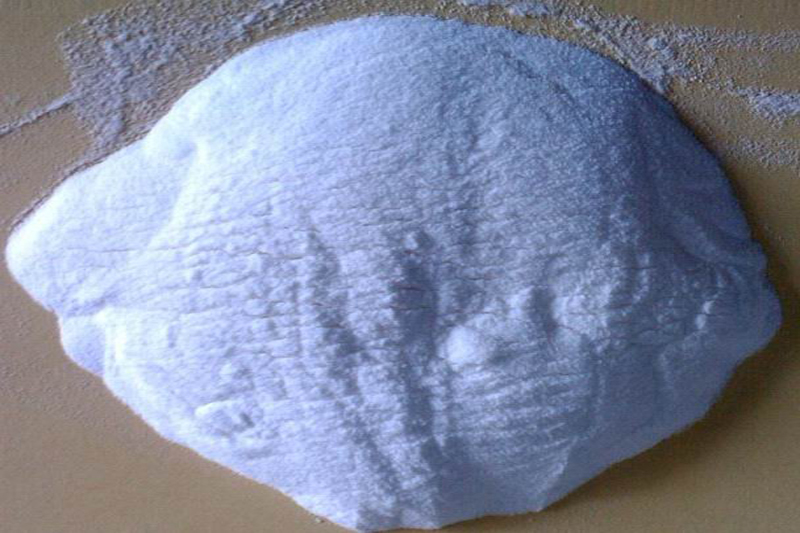

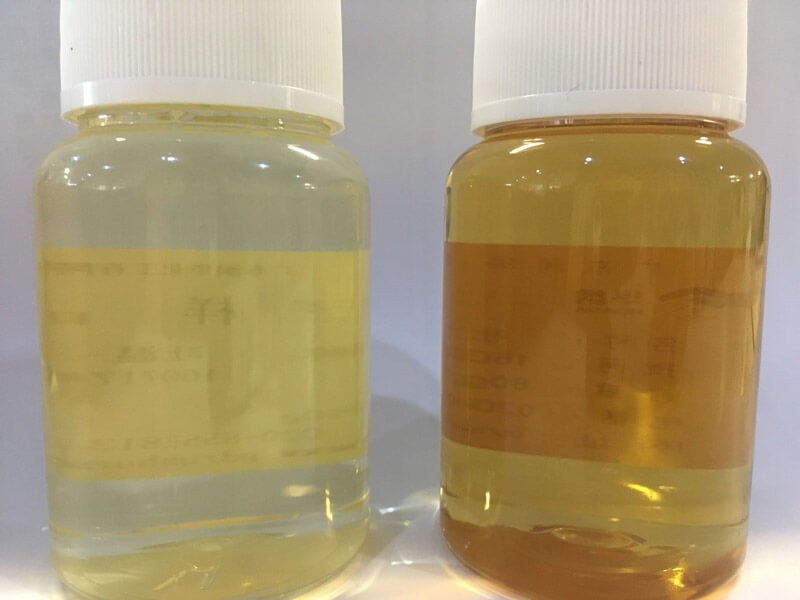
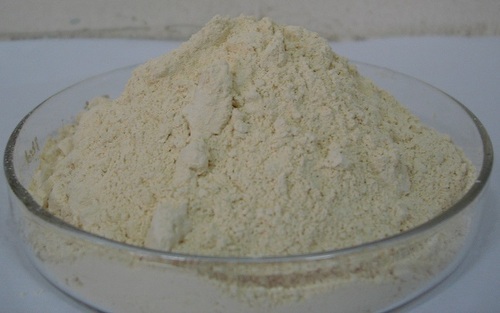

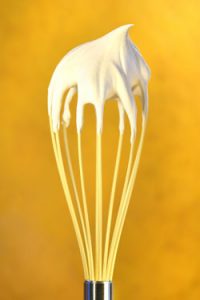
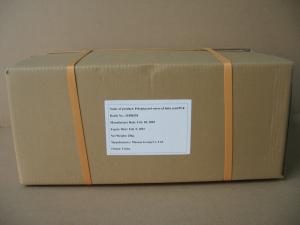
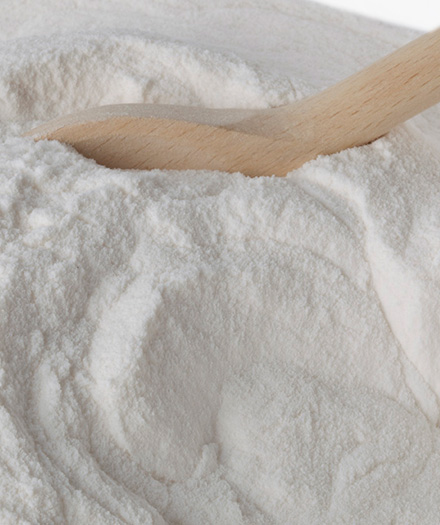
 Glycerol monostearate (MONO AND DI GLYCERIDES OF FATTY ACIDS (GMS-E471)) is used in Food, Beverage, Pharmaceutical, Health & Personal care products, Agriculture/Animal Feed/Poultry.
Glycerol monostearate (MONO AND DI GLYCERIDES OF FATTY ACIDS (GMS-E471)) is used in Food, Beverage, Pharmaceutical, Health & Personal care products, Agriculture/Animal Feed/Poultry.